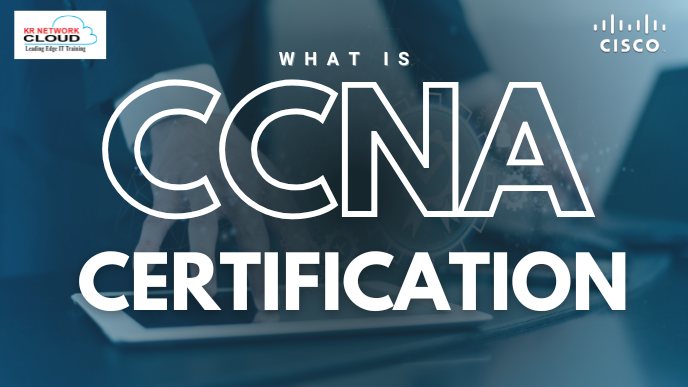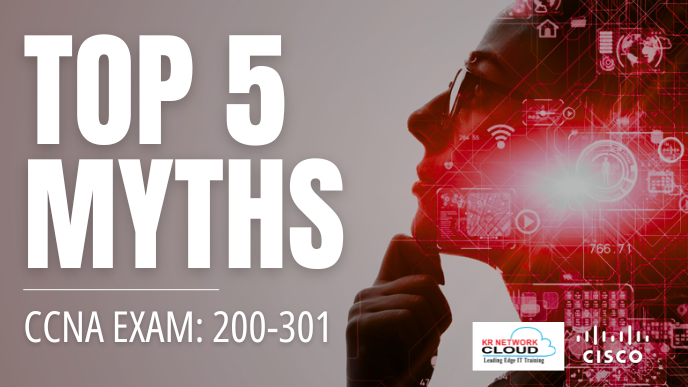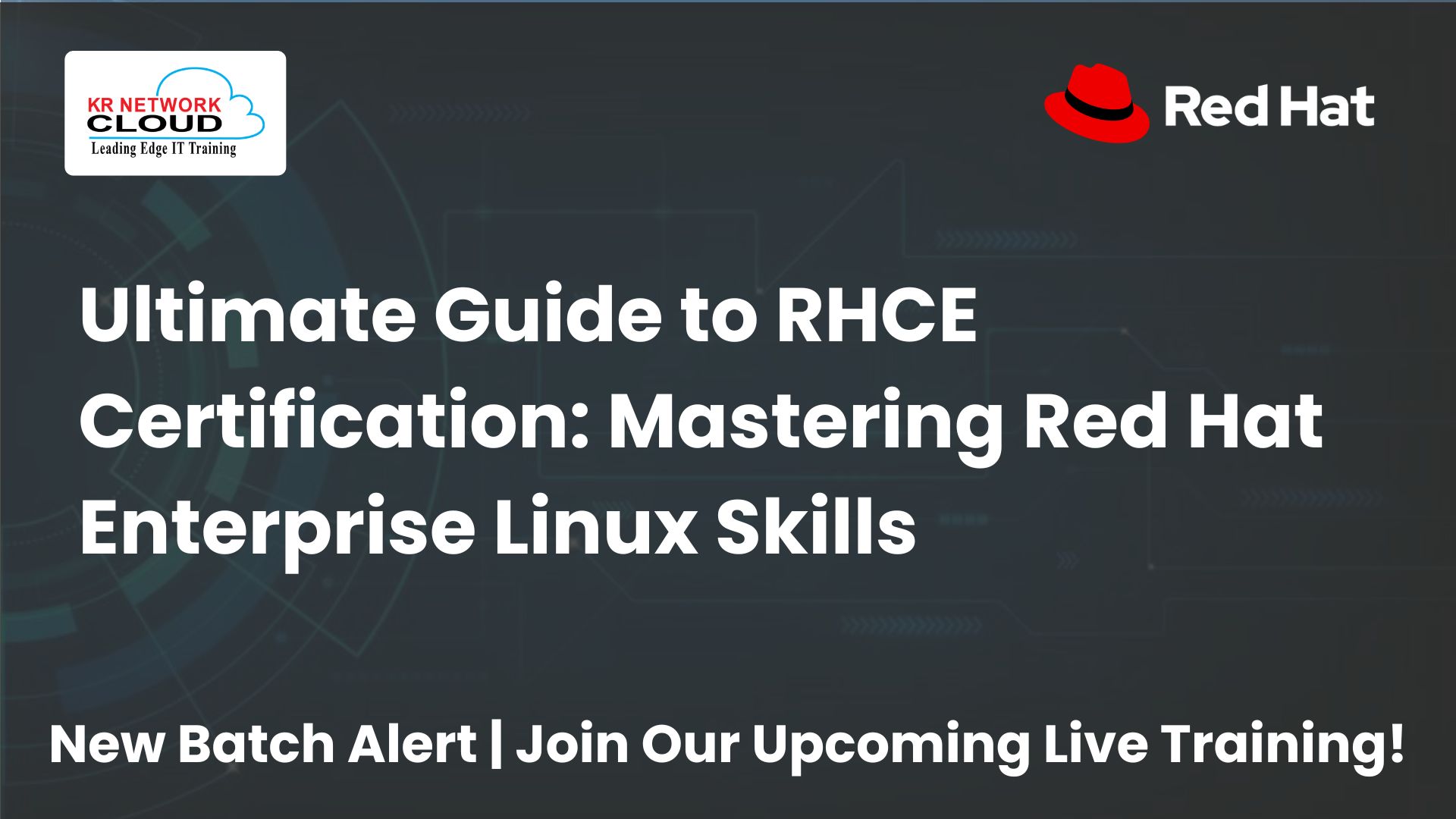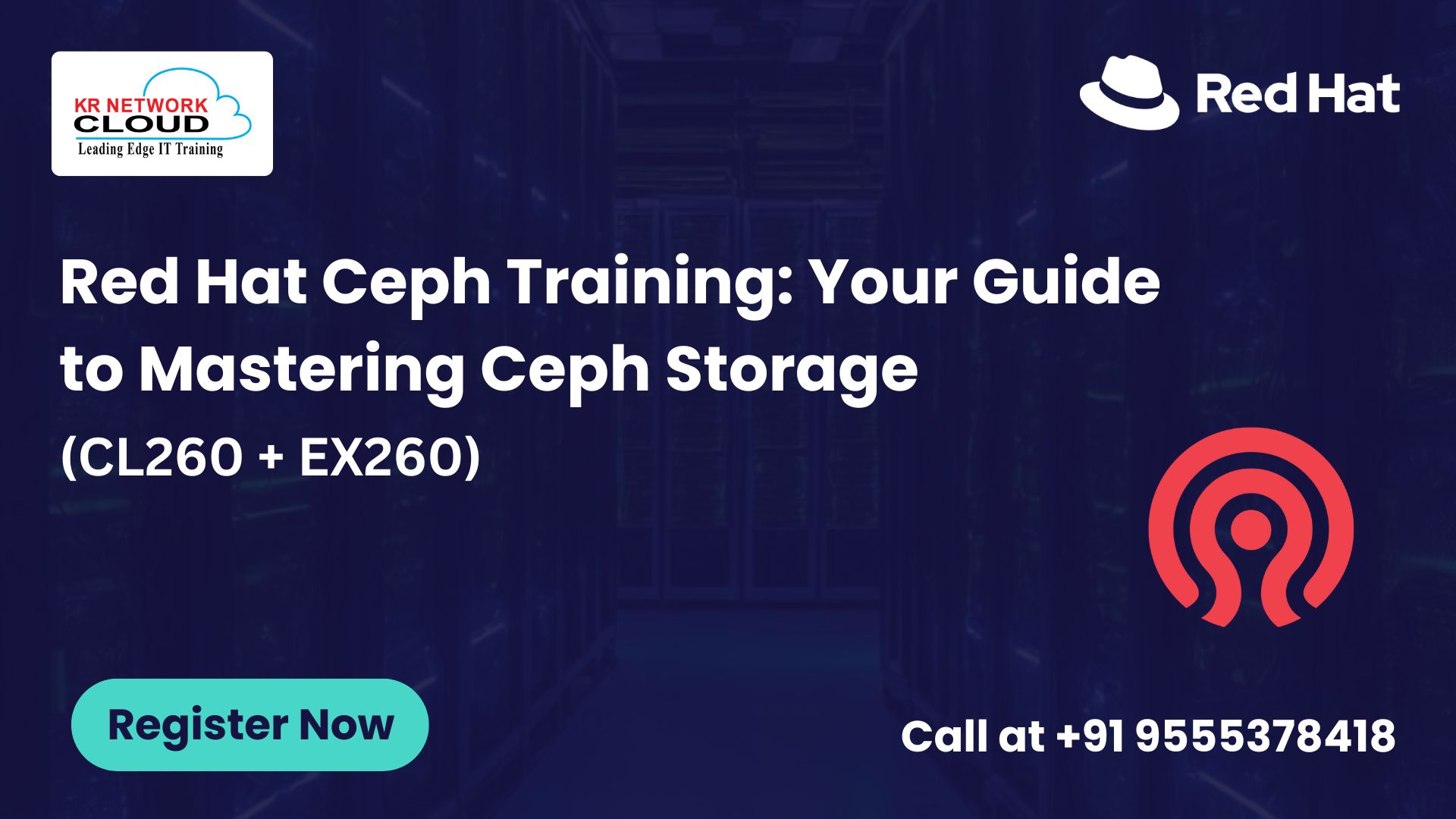Red Hat Linux Basics for Beginners 2025 | KR Network Cloud

- KR NETWORK CLOUD
- April 14, 2025
Introduction to Linux
Welcome to your first step into the world of Linux basics! If you’re new to Linux or curious about its role in IT, this guide is designed to make your Day 1 both engaging and insightful. Linux is a powerful, open-source operating system that powers everything from personal computers to enterprise servers and cloud platforms. Understanding Linux basics is essential for anyone aiming for a career in IT, whether as a system administrator, DevOps engineer, or developer. In this blog, we’ll break down the fundamentals of Linux hardware, operating systems, and applications, explore why Linux is a game-changer for IT professionals, and set you on the path to mastering Linux basics.
Based on insights from a beginner-friendly Linux course transcript, we’ll cover the core concepts you need to know before diving deeper. By the end, you’ll have a clear picture of what Linux is, how it fits into IT infrastructure, and why learning Linux basics is a smart move for your career. Let’s get started!
Why Learn Linux Basics?
Before we dive into technical details, let’s address why Linux basics matter. Linux is everywhere—running websites, cloud services like AWS and Azure, and even supercomputers. Its flexibility, security, and open-source nature make it a top choice for enterprises. For beginners, learning Linux basics opens doors to roles like system administration, DevOps, and cybersecurity. Unlike proprietary systems like Windows, Linux offers full control over hardware and software, making it ideal for customization and scalability.
The transcript highlights a key point: IT revolves around three pillars—hardware, operating systems, and applications. Linux basics tie these together, enabling you to manage servers, deploy applications, and troubleshoot issues. Whether you’re aiming for an IT career or want to understand modern computing, mastering Linux basics is a must.
Understanding Linux Hardware
Let’s start with the foundation of Linux basics: hardware. In the transcript, hardware is likened to a “blank box” you buy from a vendor, like a Dell or HP computer. This box includes components like the CPU, RAM, hard disk, and input/output devices (keyboard, mouse). Without an operating system, this hardware is just a collection of chips—a “black box” with no functionality.
In Linux basics, hardware is the physical layer where everything begins. When you bring a computer home, it’s either pre-installed with an operating system or requires one to be installed. Linux can run on various hardware setups, from laptops to servers, making it versatile for personal and enterprise use. For beginners, understanding hardware means recognizing that Linux interacts directly with these components, managing resources like memory and processing power efficiently.
The Role of the Operating System in Linux Basics
Next in Linux basics is the operating system (OS). The transcript explains the OS as the layer that “talks” to hardware, enabling applications to run. Think of it as a translator: hardware speaks in binary, applications speak in user commands, and the OS bridges the gap. Linux, as an OS, is distinct from Windows or macOS because it’s open-source, meaning its code is freely available for modification.
In the context of Linux, the OS manages resources like memory, CPU, and storage while providing a platform for applications. For example, when you run a web browser on Linux, the OS ensures the browser gets the resources it needs without crashing the system. The transcript emphasizes that without an OS, you can’t install applications directly on hardware—this is why Linux is critical in IT environments.
Linux vs. Other Operating Systems
Why choose Linux over Windows? Linux basics reveal its strengths:
- Cost: Linux is free, unlike licensed Windows versions.
- Flexibility: Customize Linux to fit specific needs.
- Security: Linux is less prone to viruses and offers robust permissions.
For IT careers, Linux give you an edge because many servers and cloud platforms run Linux, not Windows. Understanding this distinction is a core part of Day 1.
Applications in Linux
Applications are the tools you use on top of the OS, like web browsers, databases, or media players. In Linux basics, applications are software programs that serve specific purposes, such as MySQL for databases or Apache for web servers. The transcript uses the analogy of mobile apps: just as you install WhatsApp or Telegram on your phone, you install applications on Linux to perform tasks.
What makes Linux basics unique is how applications interact with the OS. Unlike Windows, where applications like MS Office are tied to the vendor, Linux supports:
- Vendor-specific apps (e.g., tools from Red Hat).
- Third-party apps (e.g., VLC Media Player).
- In-house apps (custom-built for a company’s needs).
For beginners, learning Linux basics means understanding that applications depend on the OS, which depends on hardware. This layered approach is central to IT infrastructure.
Linux in IT Infrastructure
Companies rely on Linux for servers, cloud computing, and virtualization. Here’s how Linux fits into IT infrastructure:
1. Servers and Machines
In enterprises, Linux powers physical servers, virtual machines, or cloud-based systems. The transcript distinguishes:
- Physical machines: Direct hardware with Linux installed.
- Virtual machines: Software-emulated machines running Linux on top of hardware.
- Cloud machines: Linux instances on platforms like AWS or Azure.
Understanding these in Linux basics prepares you for roles like system administration, where you manage servers.
2. Virtualization Concepts
Virtualization is a key Linux basics topic. It allows one physical server to run multiple virtual machines, each with its own OS and applications. Tools like VMware or KVM (Kernel-based Virtual Machine) are common in Linux environments, making it efficient for testing or scaling projects.
3. Cloud Computing
Linux dominates cloud platforms. Services like AWS, Google Cloud, and Azure often run Linux instances. Linux basics teach you how to deploy and manage these cloud machines, a critical skill for modern IT careers.
Why Linux Basics Matter for IT Careers
The transcript emphasizes that Linux is a gateway to IT roles. Here’s why:
- System Administration: Linux admins manage servers, ensuring uptime and security.
- DevOps: Engineers use Linux for automation and deployment pipelines.
- Cybersecurity: Linux’s security features make it ideal for protecting systems.
- Cloud Engineering: Most cloud platforms rely on Linux, requiring admins to know its basics.
Learning Linux positions you as a versatile professional. Companies like HCL, TCS, or even banks like ICICI use Linux for projects, as mentioned in the transcript. Whether it’s an internal project (in-house apps) or external (client-based), Linux skills are in demand.
Career Paths with Linux Basics
- Linux Admin: Manage servers and troubleshoot issues.
- Support Engineer: Provide technical help for Linux systems.
- DevOps Engineer: Automate workflows using Linux tools.
- Security Analyst: Secure Linux-based infrastructure.
Red Hat Linux: Key Concepts for Starting
Let’s summarize the core basics covered in the transcript for beginners:
1. Hardware, OS, and Applications
- Hardware: The physical machine (e.g., Dell server).
- OS: Linux, which manages hardware and supports apps.
- Applications: Tools like databases or web servers running on Linux.
2. IT Infrastructure
- Linux runs on physical, virtual, or cloud machines.
- Companies plan projects starting with applications, then OS, then hardware.
3. Project Planning
- Internal Projects: In-house apps for company use.
- External Projects: Client-based, like managing servers for ICICI Bank.
- Engineers are hired based on skills (e.g., Linux admin, network admin).
4. Vendors in Linux Basics
- Hardware Vendors: HP, Dell, or cloud providers like AWS.
- OS Vendors: Linux distributions (e.g., Ubuntu, Red Hat).
- Application Vendors: Third-party or in-house developers.
How to Start Learning Linux Basics
Ready to dive into Linux basics? Here’s how beginners can begin:
- Get a Linux System: Install a beginner-friendly distro like Ubuntu on a laptop or virtual machine.
- Learn the Command Line: Start with basic commands (e.g., ls, cd)—more on this in future lessons.
- Explore Hardware: Understand how Linux interacts with CPU, RAM, and disks.
- Try Applications: Install tools like Firefox or LibreOffice to see how apps work on Linux.
- Join a Course: Follow structured training, like the one in the transcript, to build skills systematically.
The transcript’s informal, engaging style (e.g., “I give a fun class in a mood”) suggests learning Linux basics should be approachable. Don’t stress about mastering everything on Day 1—focus on understanding the big picture.
Linux Basics vs. Windows for IT Professionals
A common question in Linux basics is: Why choose Linux over Windows? The transcript touches on this:
- Control: Linux offers deeper access to system settings.
- Cost: Free distributions reduce expenses for companies.
- Scalability: Linux handles large-scale servers better than Windows.
- Community: A global community supports Linux development.
For IT professionals, Linux basics are critical because most enterprise systems—web servers, databases, cloud platforms—run Linux. Windows is great for desktops, but Linux dominates infrastructure.
Challenges in Learning Linux
Beginners might face hurdles with Linux basics:
- Command Line Fear: The terminal can feel intimidating, but it’s powerful once learned.
- Distro Overload: Choosing between Ubuntu, Fedora, or CentOS can confuse newcomers.
- Technical Jargon: Terms like “virtualization” or “kernel” may seem complex.
The transcript reassures learners: “I will speak as much as I can explain in the basic beginning case.” Start small, and complexity will fade with practice.
Conclusion: Your Linux Basics Journey Begins
Learning Linux basics is about building a foundation. You’ve explored hardware, operating systems, and applications, seen why Linux is vital for IT careers, and learned how it powers modern infrastructure. Whether you’re eyeing a role as a Linux admin, DevOps engineer, or cloud specialist, mastering Linux basics is your first step.
The transcript’s message is clear: Linux isn’t just about commands or servers—it’s about understanding how IT works. From hardware vendors to cloud platforms, Linux ties it all together. Keep exploring, stay curious, and revisit these Linux basics as you progress. Tomorrow, you’ll dive deeper into commands, file systems, and more—your IT journey has just begun!







